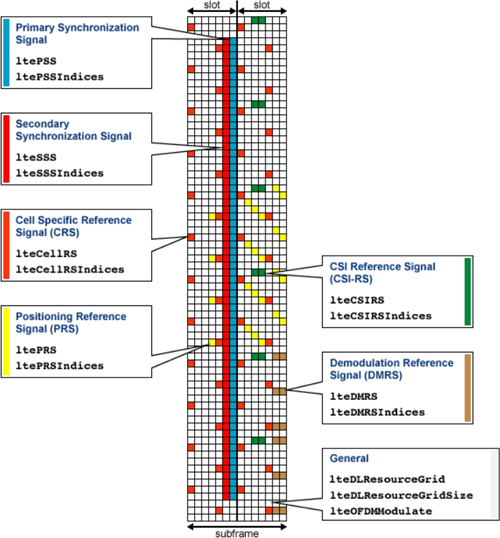Provides physical layer algorithms and link-level reference for upcoming 5G standard
Bangalore – (20 November 2017) – MathWorks today introduced a 5G Library aimed at supporting wireless design exploration in advance of the release of the initial 3GPP 5G standard specification in March 2018. The 5G Library provides functions and link-level reference designs that help wireless engineers explore the behavior and performance of 3GPP new radio technologies. With the 5G Library, wireless engineers can conduct simulations to evaluate 5G enabling technologies and their impact on overall 5G system design.
 The 5G standard will introduce advanced technologies to drive rapid innovation in mobile broadband, machine-to-machine, and connected vehicle applications. The 5G Library helps wireless system engineers explore and incorporate new 5G technologies before the standard is finalized. By using the library’s trusted MATLAB implementations of 5G algorithms and the 38.901 channel model, engineers can quickly evaluate the performance characteristics of new waveforms and coding schemes, and develop receiver algorithms.
The 5G standard will introduce advanced technologies to drive rapid innovation in mobile broadband, machine-to-machine, and connected vehicle applications. The 5G Library helps wireless system engineers explore and incorporate new 5G technologies before the standard is finalized. By using the library’s trusted MATLAB implementations of 5G algorithms and the 38.901 channel model, engineers can quickly evaluate the performance characteristics of new waveforms and coding schemes, and develop receiver algorithms.
“The ability to run simulations in MATLAB enables us to better engage with the various members of our 5G working group, as many of the companies we collaborate with also use MATLAB for simulation and data analysis,” said Lakshmi Iyer, link-level simulation lead at Convida Wireless. “In order to have an informed discussion with another member about a standards contribution, we need to be able to compare our assumptions and our results—and much of that discussion relies on simulations. Our MATLAB simulations with the 5G Library make it possible to move the dialogue forward.”
“Wireless engineers developing products for the new 5G standard face tremendous change and complexity,” said Ken Karnofsky, senior strategist, MathWorks. “The 5G Library lowers the learning curve for new 5G technologies with reliable, customizable, and well-documented software so engineers can create and verify designs that meet the specifications and performance goals of 5G.”
The new 5G library is a free, downloadable add-on for LTE System Toolbox and offers:
· Channel models including tapped delay line (TDL) and clustered delay line (CDL) channel models as specified in 3GPP TR 38.901
· New radio waveforms to improve spectral efficiency, including Filtered OFDM (F-OFDM), Windowed OFDM (W-OFDM), and Cyclic Prefix OFDM (CP-OFDM)
· New coding schemes such as LDPC for data and polar codes for control information, for error correction and improved data rates
· Link-level simulation reference design, enabling measurement of link throughput
The 5G Library complements a range of MATLAB and Simulink capabilities for 5G technology development, including:
· Modeling massive MIMO antenna arrays and designing hybrid beamforming architectures
· Modeling RF system architectures, power amplifiers, and digital compensation to achieve higher data rates at mmWave frequencies
· Automating FPGA implementation for rapid development of 5G hardware testbeds
The 5G Library is available immediately worldwide. For more information on how wireless engineering teams use MATLAB to reduce development time, from algorithm development through full system simulation and hardware implementation, explore 5G wireless technology development with MATLAB.






